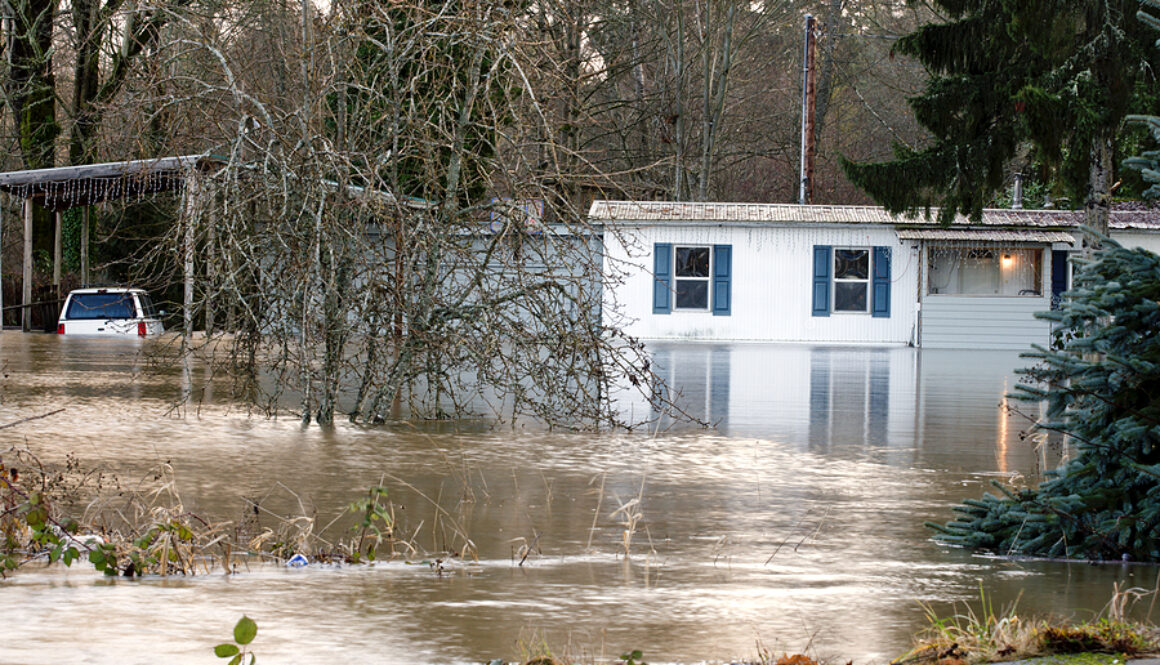5 Things You Should Do When Your Home Is Damaged By Water
Water damage is increasingly becoming a more common issue for many homeowners as climate change takes its toll. Storms are becoming more common throughout the United States, and even here on Long Island, no home is completely safe from water damage, whether from flooding or an accident with the water pipes themselves.
If you, as a homeowner, should suffer from extensive water damage, especially in a flood situation, there are certain things you should do to prepare yourself for recovery.
Here are Five Steps To Water Damage Recovery
1. Notify Your Insurance Company
You may also want to check your insurance to see if you’re appropriately covered. For example, while general home insurance likely covers water damage from a broken pipe, that may not cover a flood. In some instances, an insurance company will require additional, specific flood insurance to provide coverage for that type of damage.
2. Turn Off The Power
If water damage is present in areas with electrical activity, such as flooding in a basement home theater area, then the circuit box should be accessed to shut off the power. Depending on where the water is, existing electronics, or even just exposed wiring in the walls that you don’t know about may have electrified the water and could shock anyone that steps inside.
3. Wear Protection
Another important precaution, especially with regard to flooding, is to wear protective clothing. If water from a flood or even a backed-up sewer line has entered a home, it is considered “black water“, meaning it is highly likely to carry bacterial pathogens. Accidentally swallowing or even touching such water with exposed skin may result in illness, so no one should be wading into such water without taking protective precautions.
4. Document The Damage
For your insurance purposes, one of the most important things you can do once you can safely enter the property again is to take careful note of the extent of the damage. If you have a working smartphone or camera, take photos and videos of the property that can be used to clearly lay out to your insurance company the scale of the damage and how much work will be required for restoration and repair. On-site documentation is always far more accurate and helpful than a written report, where insurers may sometimes mistrustfully assume exaggeration for the sake of more coverage.
5. Call A Professional Water Damage Expert
The final step is to get a reliable, experienced team to assess the damage and devise a plan for removal, restoration, and repair. Water damage affects different materials in different ways. Depending on how quickly you’ve acted, it may be possible to save some furniture or even carpet so that it may be restored and used in a home again.
On the other hand, other items and materials in a home, such as drywall, may need to be torn down and completely replaced. This is often the only way to ensure that future problems, like mold infestation, do not take root later. If you have a property damaged by water and need help with repair and restoration, contact us today.

